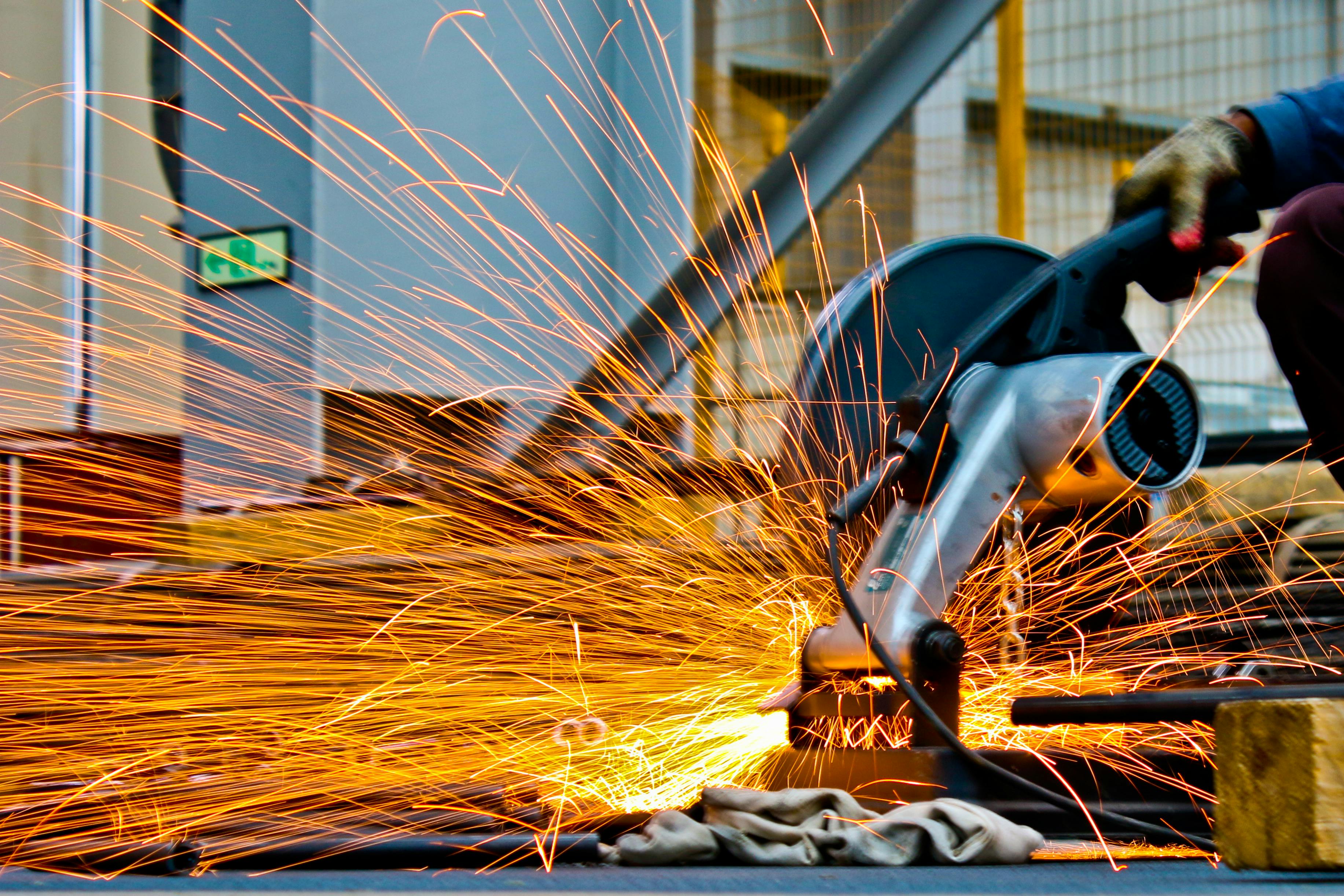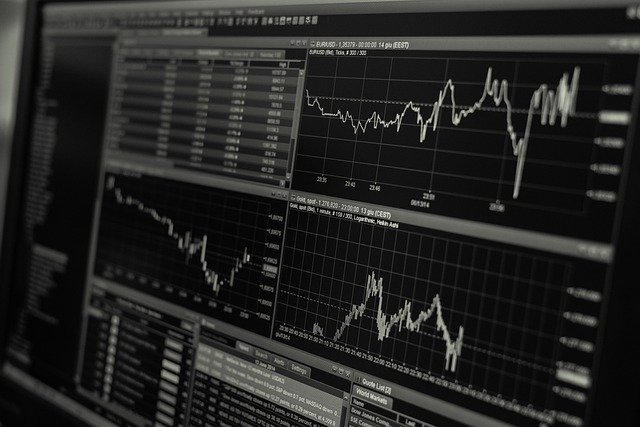Cutting-Edge Trends in Industrial Safety: An In-depth Examination
Safety in the industrial sector has always been a paramount concern, but recent years have seen a significant shift in focus. We now see an emphasis on proactive measures rather than reactive, setting the stage for an innovative new era of industrial safety practices.

The Evolution of Industrial Safety
Historically, industrial safety was seen as a reactive discipline, only coming into play after an accident had occurred. But with the inception of new technologies and the revelation of the high costs associated with workplace accidents, both financial and human, the industry has seen a significant shift towards a proactive approach.
The Shift to Proactive Safety Measures
Today’s businesses are investing more than ever in proactive safety measures, aiming to prevent accidents before they occur. Technological advancements have played a key role in this transition, providing tools for better risk assessment, employee training, and accident prevention. This shift has not only reduced the number of workplace accidents but has also shown to increase overall operational efficiency.
The Role of Technology in Industrial Safety
Advancements in technology have made a significant impact on industrial safety measures. From wearable tech that monitors an employee’s health status in real-time to AI-driven software that predicts potential risk areas, technology is at the forefront of this proactive safety revolution. But, as with any change, there are challenges to overcome.
Challenges and Opportunities
The transition to more tech-driven safety solutions has its hurdles. Issues such as high implementation costs, employee resistance, and data privacy concerns are common. However, businesses that successfully navigate these challenges stand to gain a safer work environment, enhanced operational efficiency, and a boost in employee morale.
Key Takeaways in Industrial Safety Trends
- Technological advancements are driving a shift from reactive to proactive safety measures in the industrial sector.
- Implementing these new safety measures can lead to increased operational efficiency.
- Overcoming the challenges associated with this transition can result in a safer work environment and higher employee morale.
Practical Insights
- Proactive safety measures are an investment, not a cost. They can save businesses money in the long run by reducing the number of accidents and improving overall efficiency.
- Employee training is critical for the successful implementation of new safety measures.
- Addressing potential data privacy concerns upfront can help to alleviate employee resistance to new technologies.
In conclusion, the industrial sector is in the midst of a safety revolution, driven by technology and a shift towards proactive measures. The businesses that embrace these changes, despite the challenges, stand to benefit greatly in terms of safety, efficiency, and employee morale. As we move forward, these trends in industrial safety will continue to evolve and shape the future of the industry.




